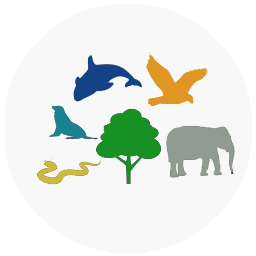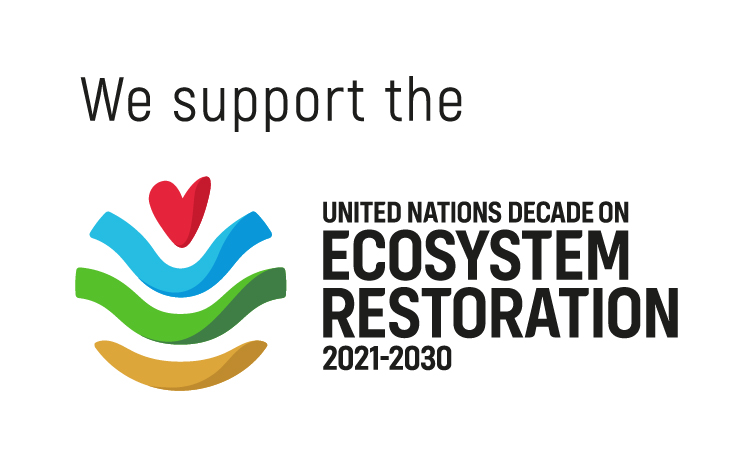Trees for Moga City
Punjab, India
Project Purpose
Trees for Rural Communities™Location

We have planted 65,000 trees in Ghal Kalan, Dhalle Ke, Khosa Pando, Ratiyan, Manawan, Khosa Jalal Singh Wala, Khosa Kotla, Ghaloti, Daroli Bhai, Kot Ise Khan, Dhune ke, and Rajeaana villages situated in Moga district, Punjab, India.

Enhancement of
Biodiversity

Increase in
Green Cover

Reduction in
Air Pollution

Control Soil Erosion

Conservation of
Water Table






Why Trees?
As per India State of Forest Report, 2017, Punjab has only 6.12% of forested area (3,084 sq. km) of its geographical area; the Forest Survey of India says, however, that based on interpretation of satellite data pertaining to Oct-Dec 2015, the forest cover was on only 3.65% of the geographical area of Punjab. The Department of Forests & Wildlife Preservation, Punjab "solicits co-operation from every citizen to...check environmental degradation and protect other natural resources. This can be achieved with protection of forest areas, plantation of forest tree species on all available lands."
As per the available estimates, all the blocks in the Moga district are categorised as over-exploited where groundwater withdrawal has exceeded natural recharge by more than 200 per cent. The decline of water levels has severely impacted the farmers of the area (Groundwater Irrigation in Punjab: Some Issues and Way Forward Rita Pandey, August 2014). A study published in Nature Scientific Reports shows that moderate tree cover can increase groundwater recharge, and that tree plantation and various tree management options can improve groundwater resources after taking account of transpiration and evaporation on leaf surfaces. (From Kate Langford's blog in Agroforestry World, February 25, 2016, referencing Ilstedt U. et al. 2016) The Scientific Reports 6, Article number: 21930 also mentions that "Intermediate tree cover can maximize groundwater recharge in the seasonally dry tropics."
Gurbani (Gurbani is the term used by Sikhs to refer to any compositions of the Sikh Gurus) refers to various species of trees, eulogising species which are useful to the world. "The Gurus inferred that it is not the girth, size, or beautiful flowers that determine the significance of a tree but its usefulness that makes it important. There have been traditional practices that maintained lands and forests as community property within proximity of human habitation. For instance, in traditional rural India and Punjab, two of the most important centers of human activity have been the Sikh gurudwara and a source of water—pond, tank, pool, or running water. Both of these sites were surrounded by community land, not owned by anyone and not used for agriculture. This was where there were trees and plants, such as groves or small forests. They provided shade and shelter, and were a source of firewood within easy reach of habitation", quoted 'Sikhi Wiki'.
According to an article published by NDTV discussing the gravity of air pollution in Punjab, "The problem of air pollution is prevalent in Punjab as eight cities of the agrarian state were listed among the most polluted in terms of air pollution in India over a period of five years from 2010, according to a report released by Central Pollution Control Board in 2017. To curb air pollution, the state government has taken up a number of initiatives, including encouraging the tree plantation."
Tree Species
In this tree plantation initiative, species like Jamun/Java Plum (Syzygium cumini), Neem (Azadirachta indica), Burma Drek (Melia azedarach), Munga/Sohanjna (Moringa oleifera), Sheesham (Dalbergia sissoo) have been planted.
Social Impact
Tree plantation in this region will offset 1.3 million kgs of carbon annually, upon maturity, eventually aiding in the cleansing of air. Tree species like neem, bamboo, guava, etc. will provide herbal medicines and food to the communities and the wildlife. Moreover, because of the project being located near the Gurudwaras and Schools, it will help to sensitize the communities about the importance of trees. The 65,000 valued local trees being planted through the project will aid in reducing water run-off and improving groundwater recharge. Creating approximately 5,320 workdays to the locals, the project seeks to improve tree cover in the area and provide some additional income to the local communities.
Adoption Summary
| Name of the Company | Number of Trees Adopted | Fiscal Year |
|---|---|---|
| Arpwood Capital Pvt Ltd | 15,000 | 2021-22 |
| HDFC Bank Ltd | 25,000 | 2020-21 |
| DCB Bank | 15,000 | 2019-20 |










